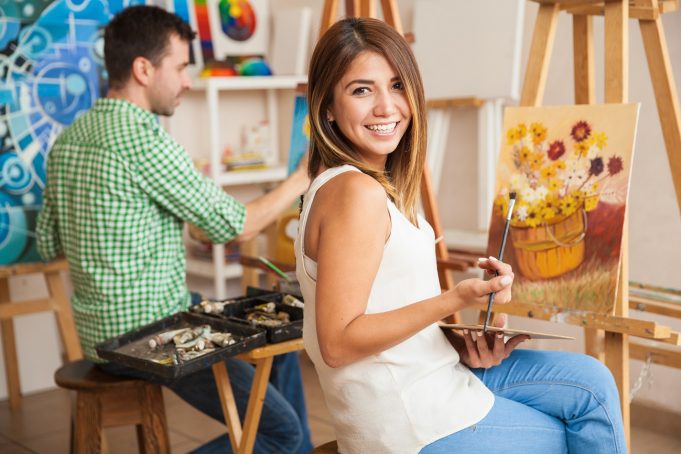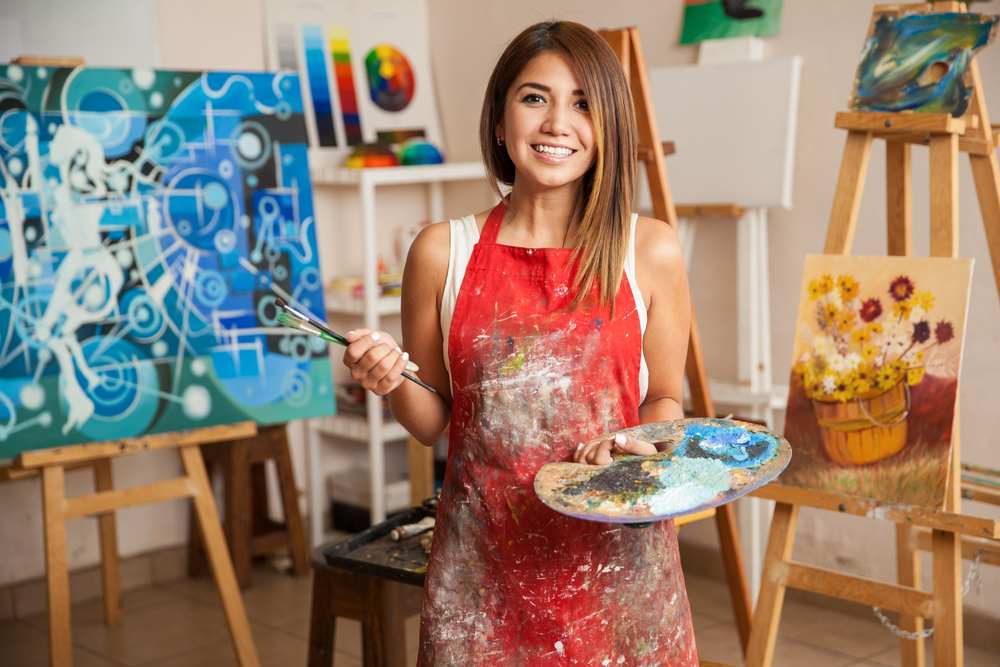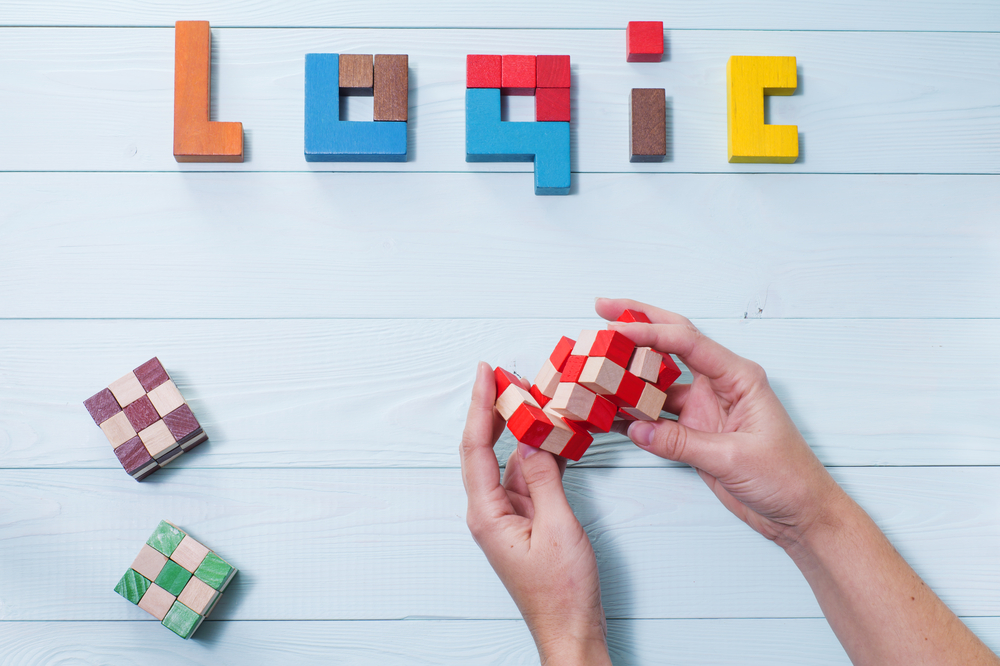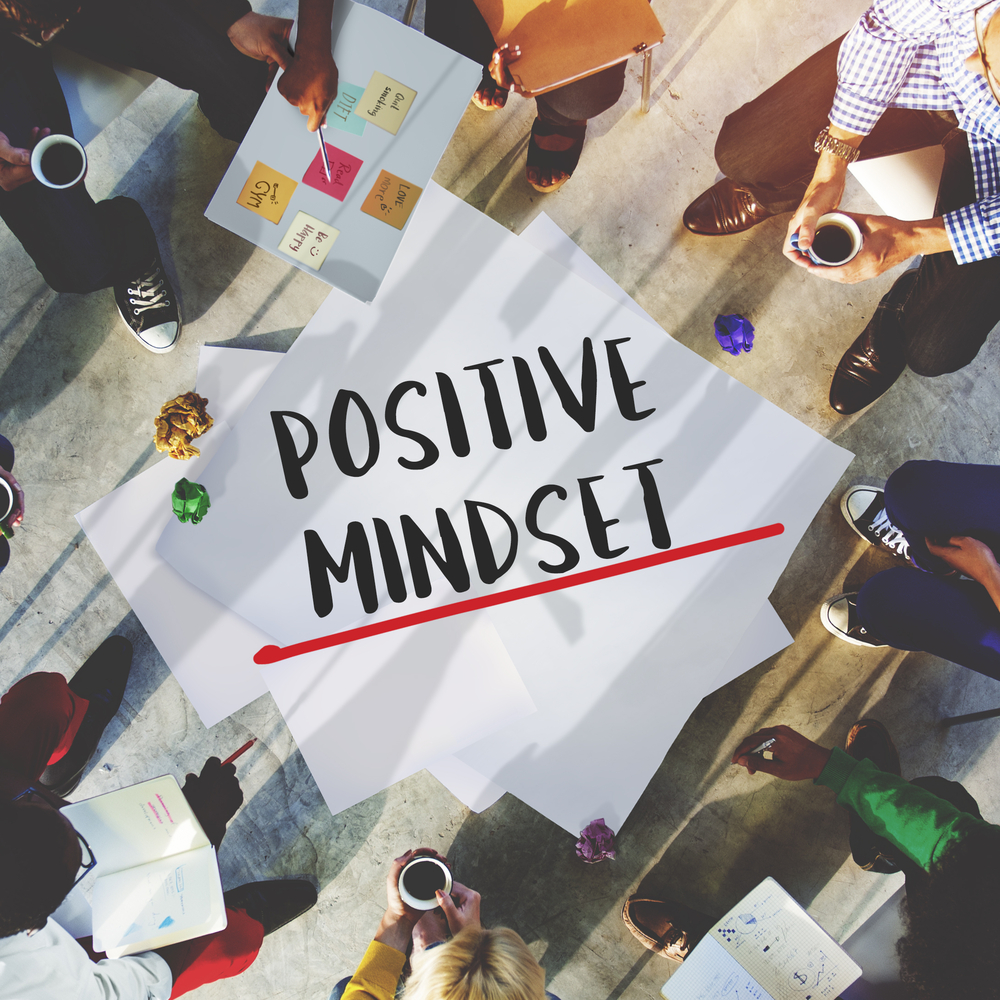Art may be a hobby for most, but recently it’s becoming popular as a therapeutic tool. Either with an art therapist or with friends, using expressive art therapy reaps surprising benefits.
Art therapy is a form of expressive therapy that uses the creative process of making art to improve a person’s physical, mental, and emotional well-being. Expressing artistically can help heal, understand and treat people. This therapy typically uses traditional art forms like painting and drawing, as well as forms like photography, pottery, and sculpting.
It’s still a growing field of therapy but the benefits of expressive arts therapy are numerous.
- Evaluating children: It’s often difficult for children to express themselves. Using art therapy can help children put their overwhelming emotions into a structured form. Art therapy can also be used to measure the development of children, especially for those who are 10 years or younger.
- Pain management: Art therapy helps people with chronic pain to cope with the pain. Art helps these patients stimulate positive experiences and allows them to relieve the pain through art, making it easier to cope with it.
- Dealing with the emotional tumult of cancer: Cancer patients on chemotherapy are seen to have an increase in depression and fatigue levels. Therapists use art to help reduce negative feelings and experiences in cancer patients.
- Academic achievements: Students who study art are four times more likely to succeed better in their academics. Taking up arts as an extracurricular activity helps increase a student’s interest in school. Incidentally, countries with mandatory arts and music education programs – Hungary, Japan, and the Netherlands- rank the highest in math and science test scores.
- An approach to mental health: Art therapy is used for people dealing with mental health issues by allowing them to explore their personal issues with the help of a trusted art therapist. Using art, these issues can be brought to light without distressing the client.
- Managing stress: Art therapy helps in managing stress. The positive experiences along with the sense of control that art provides over one’s environment make it easier to handle stressful situations.
- Alzheimer’s patients: Art therapy has been proven to improve short and long-term memory, decrease agitation, and enhance reality orientation. Although experts agree that art therapy won’t cure Alzheimer’s, it offers patients the chance to understand their situation, create and enjoy an experience, and provides them with a sense of accomplishment.
- Better logical thinking: Research shows that art therapy enhances the use of the right brain. This results in better left-brain output, which means that it facilitates logical thinking, improving one’s problem-solving skills.
- Positive mindset: Art therapy shows individuals their strengths and helps them view the best parts of themselves. Research has shown that continuous sessions of art can rewire the brain to be happier and more positive.
- Self-exploration: Art therapy plays a huge role in understanding yourself. Art does not restrict the way you express ideas and thus, it is easier to use art to explore yourself and your identity. Many entrepreneurs have used art to express their business ideas with more fluidity.
As you can see, art therapy is a powerful tool and is proven to help people through many difficult scenarios, even if it’s just to see yourself in a better light. Grab a paper and some paint and express your best ideas through art!





















































